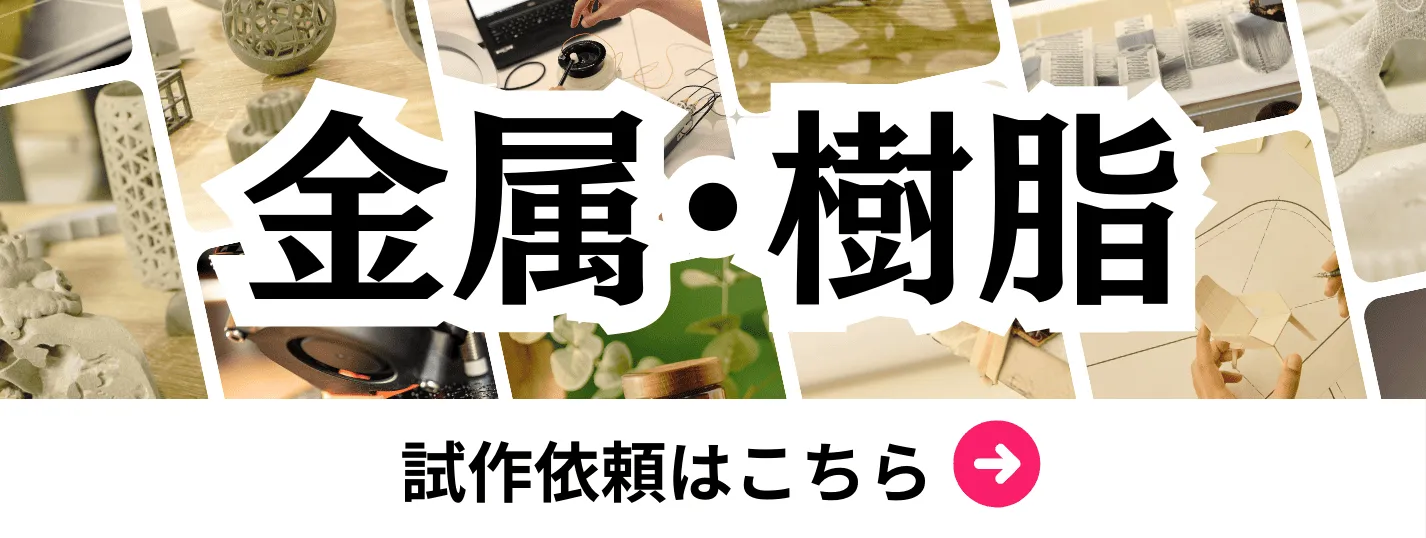- お役立ち記事
- Selection of furniture materials for overseas markets and establishment of supply chain
月間76,176名の
製造業ご担当者様が閲覧しています*
*2025年3月31日現在のGoogle Analyticsのデータより

Selection of furniture materials for overseas markets and establishment of supply chain

目次
Understanding the Overseas Furniture Market
Entering the overseas furniture market requires a comprehensive understanding of the diverse needs and preferences of consumers across different regions.
Countries vary significantly in their cultural values, and these influence the types of furniture materials that are popular.
For instance, wooden furniture is much appreciated in regions where tradition and natural aesthetics are paramount.
On the other hand, urban areas with rapidly growing young populations might prefer sleek, modern materials like metal or glass.
Knowing these preferences is crucial in selecting the right materials to create appealing products for international consumers.
Identifying Suitable Furniture Materials
Choosing suitable materials for furniture that will be sold in overseas markets involves several considerations.
Materials must be durable to endure shipping and different climates they will be exposed to once they reach the consumer.
Wood, metal, plastic, and glass are commonly used materials, each offering unique characteristics that might appeal to different market segments.
For higher-end segments, hardwood like oak or walnut could be more desirable.
These woods are not only durable but also exude a timeless elegance valued by consumers willing to invest more in quality pieces.
In contrast, engineered wood products, such as particleboard or MDF, are more affordable and can help reach cost-sensitive markets.
They are easy to transport and can mimic the appearance of more expensive materials, offering the look of luxury at a fraction of the cost.
Understanding Cultural Preferences
Cultural nuances significantly impact furniture design and materials.
In some Asian markets, for example, minimalist designs with natural materials such as bamboo might resonate better with consumers who value simplicity and sustainability.
European markets might show a preference for innovative materials like recycled plastics due to a heightened awareness of environmental issues.
These cultural preferences, therefore, should guide your selection of materials when designing products for international consumption.
Examining local design trends can also provide valuable insights.
Keeping in touch with local design professionals or attending international furniture fairs could offer clearer perspectives on what materials and styles might thrive in specific markets.
Establishing a Reliable Supply Chain
Once you’ve identified the types of materials suitable for the overseas market, ensuring their steady availability is critical.
Establishing a reliable supply chain begins with sourcing quality materials from dependable suppliers.
Strong relationships with suppliers can help manage costs and mitigate risks associated with material shortages or delays.
When selecting suppliers, it’s essential to evaluate not only their capability to provide the required materials but also their adherence to ethical and sustainable practices.
Consumers worldwide are increasingly conscious of the environmental impact of their purchases and often prefer companies that promote sustainability.
Partnering with suppliers who prioritize these values can enhance your brand’s reputation and competitiveness.
Logistics and Distribution Considerations
Efficient logistics and distribution networks are integral to a successful supply chain.
Understanding the logistical challenges of exporting furniture materials involves analyzing factors such as transportation costs, tariffs, and local regulations.
Collaborating with international freight forwarders who are experienced in furniture transport can help streamline this process.
They can offer insights into the packaging requirements and methods for minimizing transit times and costs while ensuring product integrity.
Moreover, adhering to local compliance regulations is crucial in avoiding legal hurdles that could disrupt your supply chain operations.
Adopting Technology for Supply Chain Optimization
In today’s digital age, technology offers tools that can greatly improve supply chain efficiency and responsiveness.
Implementing an integrated supply chain management system can provide real-time visibility into inventory levels, shipment progress, and demand forecasts.
This information is crucial for making informed decisions and maintaining seamless operations.
Additionally, using software that leverages data analytics can help anticipate market trends and better align your production and supply strategies with consumer demand.
Project management tools can assist in coordinating with suppliers and logistics partners, ensuring that timelines are met without compromising quality.
Conclusion
Entering and thriving in the overseas furniture market requires a strategic approach to selecting materials and building a reliable supply chain.
Understanding cultural preferences and design trends can guide the creation of appealing products, while a strong focus on sustainable practices can enhance your brand reputation.
Establishing solid relationships with suppliers and logistics partners, supported by technology, will ensure the smooth delivery of furniture to international customers.
By efficiently managing these elements, your business can successfully expand its footprint in the global furniture market, meeting the diverse needs of consumers across the world.
 資料ダウンロード
資料ダウンロード
QCD管理受発注クラウド「newji」は、受発注部門で必要なQCD管理全てを備えた、現場特化型兼クラウド型の今世紀最高の受発注管理システムとなります。
 ユーザー登録
ユーザー登録
受発注業務の効率化だけでなく、システムを導入することで、コスト削減や製品・資材のステータス可視化のほか、属人化していた受発注情報の共有化による内部不正防止や統制にも役立ちます。
 NEWJI DX
NEWJI DX
製造業に特化したデジタルトランスフォーメーション(DX)の実現を目指す請負開発型のコンサルティングサービスです。AI、iPaaS、および先端の技術を駆使して、製造プロセスの効率化、業務効率化、チームワーク強化、コスト削減、品質向上を実現します。このサービスは、製造業の課題を深く理解し、それに対する最適なデジタルソリューションを提供することで、企業が持続的な成長とイノベーションを達成できるようサポートします。
 製造業ニュース解説
製造業ニュース解説
製造業、主に購買・調達部門にお勤めの方々に向けた情報を配信しております。
新任の方やベテランの方、管理職を対象とした幅広いコンテンツをご用意しております。
 お問い合わせ
お問い合わせ
コストダウンが利益に直結する術だと理解していても、なかなか前に進めることができない状況。そんな時は、newjiのコストダウン自動化機能で大きく利益貢献しよう!
(β版非公開)









